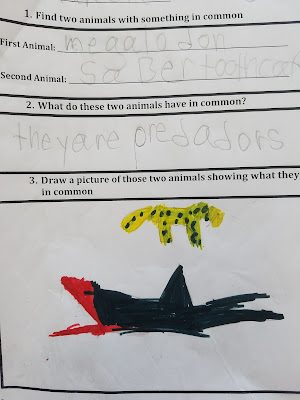Kindness is one of those words that easily gets thrown out during discussions and conversations with the assumption that everyone understands what it means. I've noticed that some students have a hard time grasping what kindness is and don't recognize either their own acts of kindness or those of others because it often comes as second nature.
Be Kind by Pat Zietlow Miller and illustrated by Jen Hill is a book that helps children gain a better understanding of kindness. Pat Zietlow Miller's writing and Jen Hill's art are a perfect pairing for this story about a young child trying to figure out how to be kind to a classmate who is need of kindness. Pat Zietlow Miller's writing makes the topic engaging and accessible. Jen Hill's art is powerful, it has a lightness both style and use of white space that allows the reader to access the emotional journey of the characters.
A few things I love about this book.
~~I love that the young child who is trying to understand what it means to be kind is never given a name. In this nameless state, he or she is all of us. I love that my students were not sure whether it was a boy or girl and didn't need that defined.
~~I love that the focus is on how our words and actions impact others.
~~I love how our young protagonist spends her time thinking about how to be kind to Tanisha.
~~I love how Pat Zietlow Miller breaks kindness down into three areas: giving, helping, and paying attention and provides concrete examples.
~~I love how the book shows readers that kindness is a circular story - how if you send it out into the world it will come back to you. Notice in the art how the acts of kindness out in the world also play out in the school.
~~I love how the story shows that every act of kindness counts and that all the small acts of kindness can add up and have big impact.
With this wonderful inspiration, my kindergarten students shared their thinking about what it means to be kind:
"play catch"
"When the teacher brang me to the nurse"
"thank you"
"giving"
"sharing your toys"
"friendly...sometimes you are mean."
"giving someone a flower"
"playing ball with someone"
"sharing an umbrella"
"sharing an idea"
"girl scouts"
"helping someone find something"
"giving"
"caring and flexible"
"being nice"
Before I read BE KIND with my kindergarten students, they shared their ideas about kindness. They first shared how it made them feel to be kind or receive kindness. They then shared times they had been kind and times others had been kind to them. Their morning message looked like this:






























































